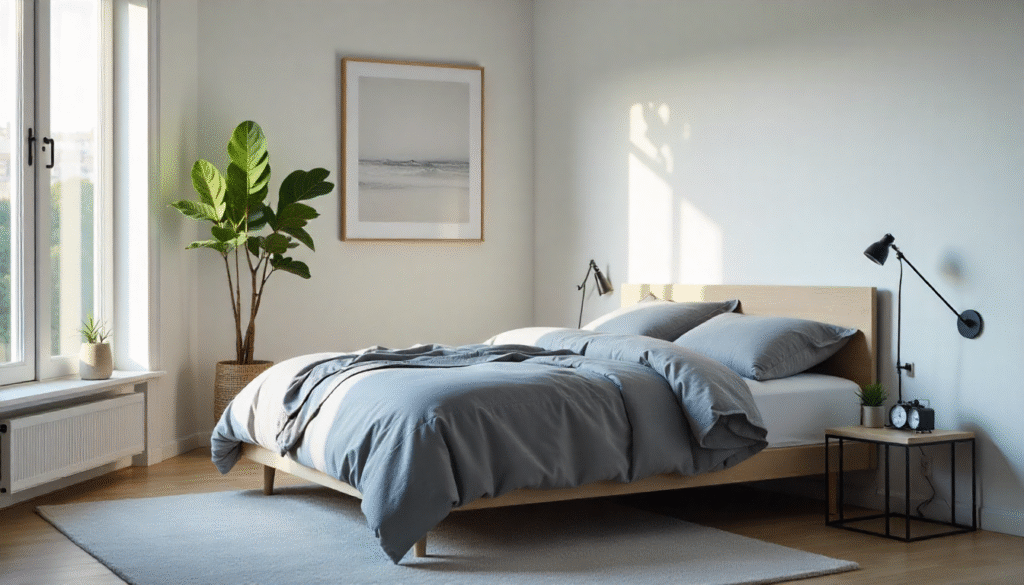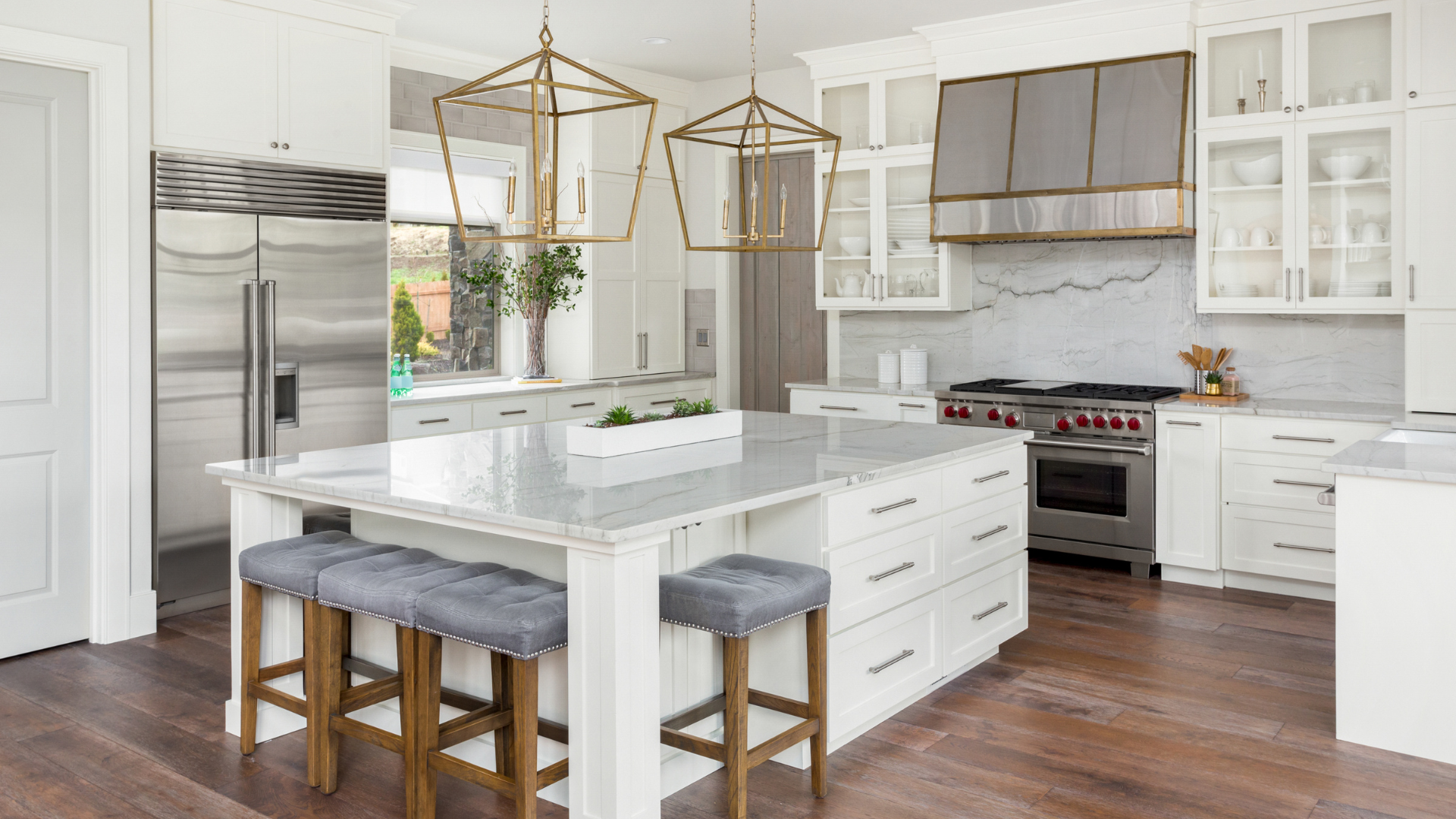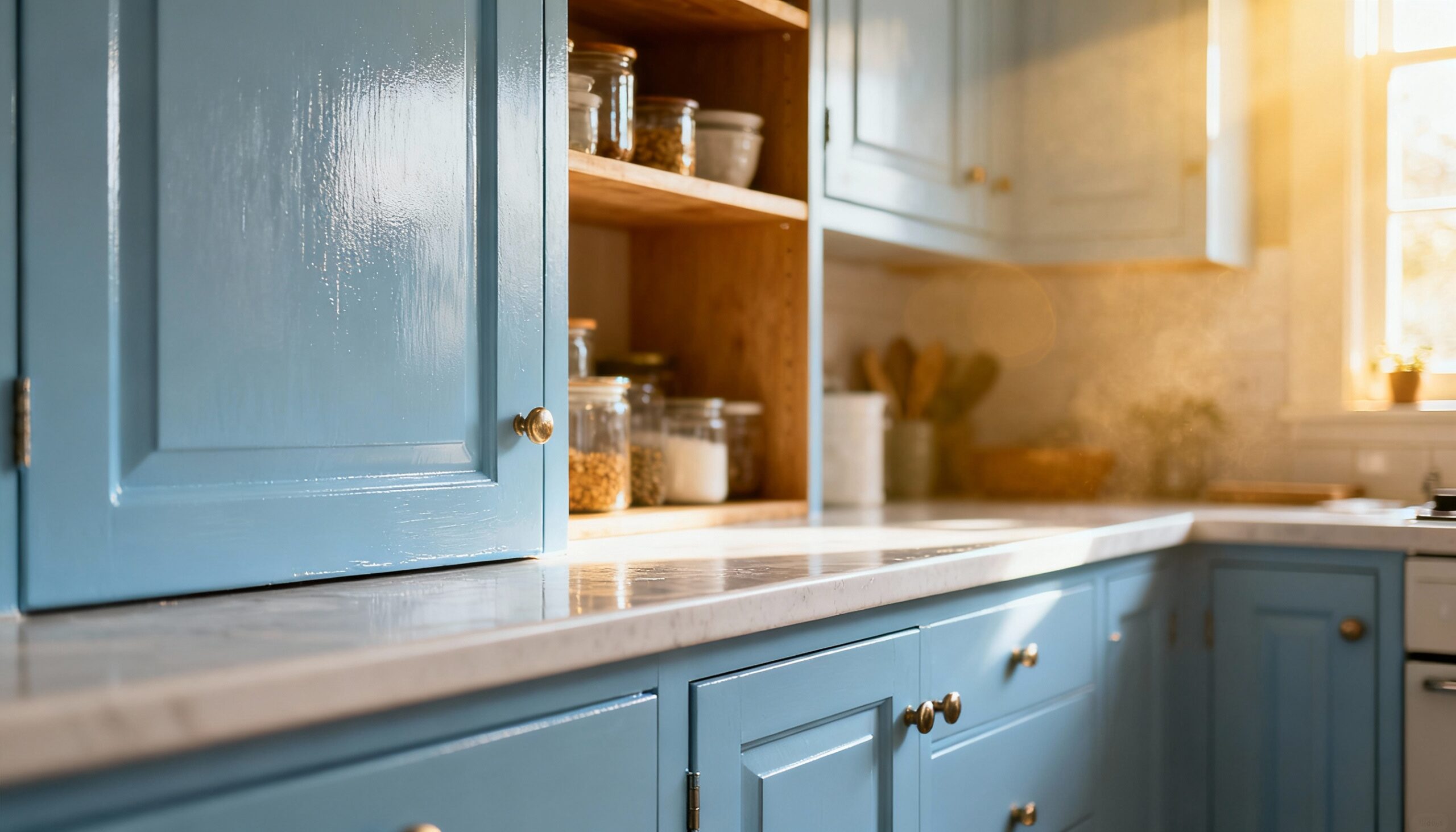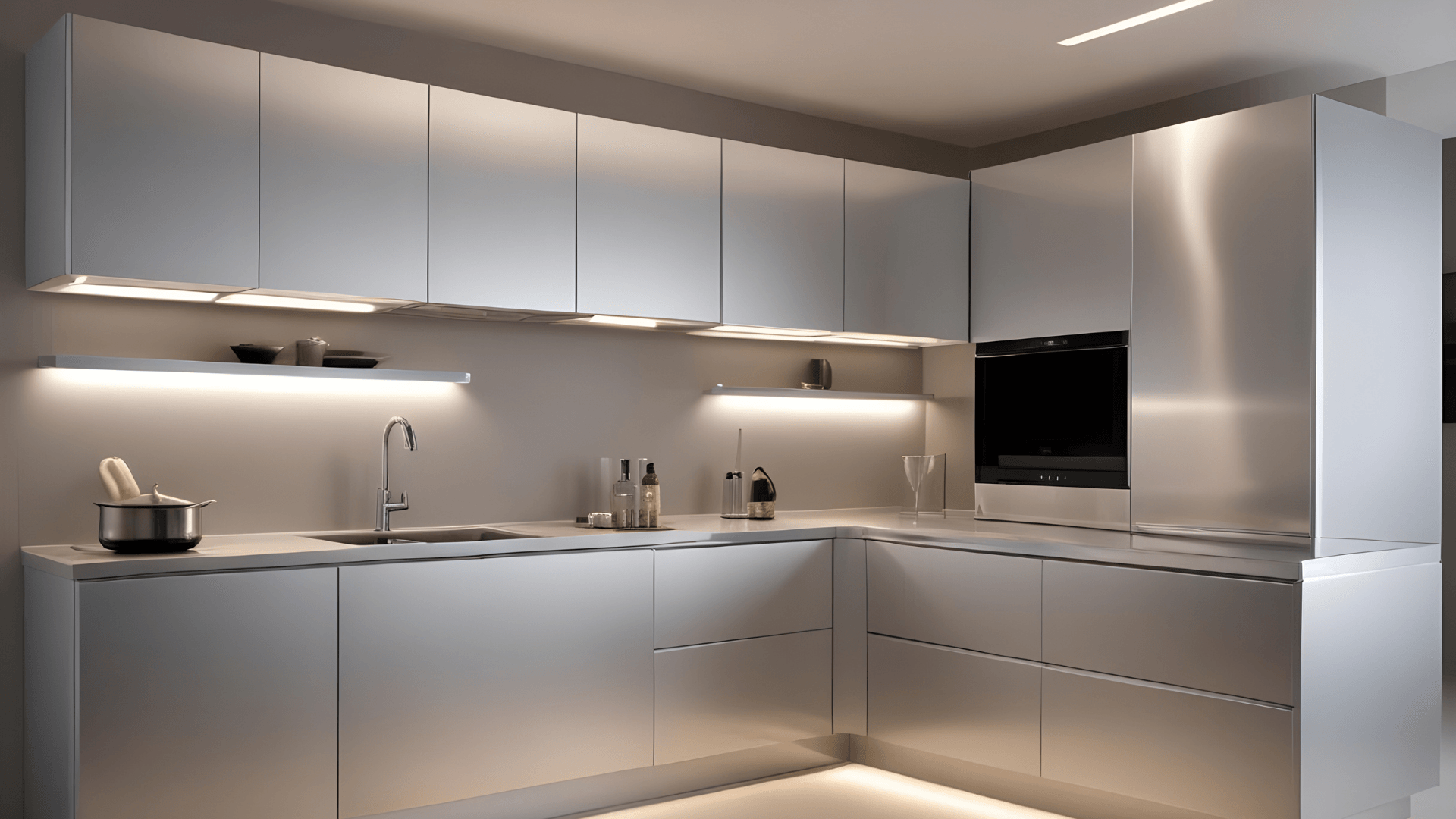Minimalism meets comfort with clear lines, and calming hues with soft textures that call for rest to create comfort. This method produces a calm environment wherein every component has a function without overloading the senses. The result is a sleep sanctuary that is very restorative as well as soothing.
Minimalism Meets Comfort 1: Decluttered Serenity
Beginning a tranquil bedroom is simplicity; acknowledging decluttered serenity is the first step toward building a minimalist sleep refuge that yet seems warm and inviting. The basic concept is to reduce the room to its simplest form that is, to eliminate unnecessary furniture, decorations, and visual distractions that could unconsciously cause anxiety and obstruct deep relaxation.
Lowering lets the space to breathe, hence giving both your brain and body room to relax. Rather of void, minimalism is deliberate: every object in the space has a clear use, whether it be your bed as the centre or chosen decoration that calms, nightstand maintaining clean surfaces — no piles of clothes, stacks of books, or scattered electronics instantly transforms the atmosphere from mayhem to peace.
Under-bed cabinets, built-in cupboards, or baskets help to conceal vital goods without compromising the modern look. This clarity of design clarifies the mind, which is required for restorative sleep. By creating a visually open and airy environment where natural light and soft materials become most evident, decluttered calm also enhances comfort.
Fewer “noise” in textures like crisp cotton sheets, a fluffy blanket, or a natural rug become more noticeable, hence giving coziness without sensory overload. Choosing a minimalist, uncluttered lifestyle yields not only a beautiful bedroom but also a refuge where simple and comfortable help to facilitate true recovery and deep sleep.
Minimalism Meets Comfort 2: Functional Furniture
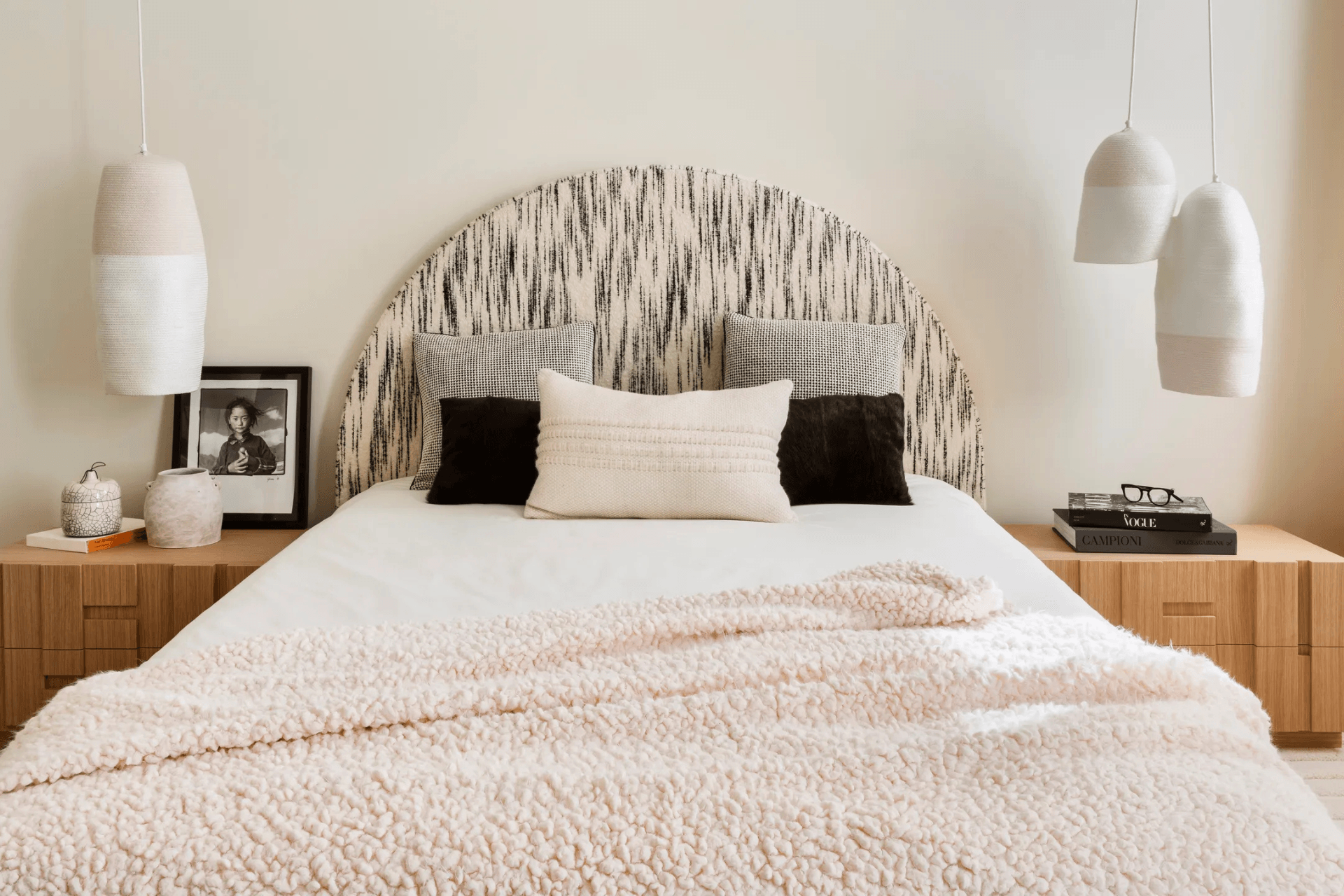
Designing a tiny but comfortable sleeping retreat calls for functional furniture. Although minimalism stresses “less is more,” comfort ensures that the room feels warm and liveable rather than sparse. Choosing pieces with many purposes helps you to maximise utility while still preserving simplicity.
A lift-up frame or a bed with built-in drawers, for instance, takes the place of large closets, therefore preserving room openness and cleanliness. A classy nightstand with hidden storage can hold books, electronic devices, or late essentials, hence reducing visual clutter.
@ampquartzcabinets Cantik jugak combination warna coklat + mocha ni 😍 #AmpQuartz #KitchenCabinet #europeandesign #archdesign #fyp
♬ original sound – AmpQuartz – AmpQuartz
Choosing clean-lined wardrobes with sliding doors rather than swinging ones supports room preservation without sacrificing an uncluttered look. Your bed, storage, and perhaps a tiny seating area are more crucial than decorative items. Comfort comes from careful decisions including buying a decent mattress, supporting pillows, and breathable linens.
Include furniture with natural textures such wood, rattan, or linen upholstery that gives warmth and tactility to enhance coziness without overwhelming the sparse design. Every item should appear purposeful, meeting a particular need while assisting the whole balance of the room. You create an atmosphere that promotes both quiet and repairing sleep as well as easy to keep.
Minimalism Meets Comfort 3: Soft Lighting
Lighting sets the tone of a room as it helps to design a basic but cozy sleep haven. Here, it's extremely crucial. Though subdued illumination encourages tranquility and supports excellent sleep, strong, bright lights seem overpowering and disrupt the peaceful atmosphere minimalism aims to create.
Soft illumination in a basic bedroom should be calming and helpful with a focus on warmth and restraint. Layer light sources employing wall sconces, bedside lamps, or floor lamps created in simple, modern styles instead of only depending on ceiling lighting. Warm, dimmable bulbs help you to change the brightness to fit your attitude: softer as you unwind before sleep and brighter for nighttime reading.
Natural light is likewise really vital; thin curtains or blinds that filter daylight can keep privacy while still letting sunlight to somewhat illuminate the space. Minimal lighting is about choosing locations and lights that complement the unorganised design while promoting serenity; it does not mean giving up comfort. Frost glass, linen shades, or warm-toned wood foundations can help to soften the light and tie the illumination with the other quiet furniture.
Stay away from too many ornamental lights instead keep little, functional lights to amplify the casual atmosphere. Soft, layered lighting might assist you in designing a room where simplicity meets comfort and every night appears to be a getaway — a warm, welcoming, exactly balanced bedroom.
Minimalism Meets Comfort 4: Mindful Decor
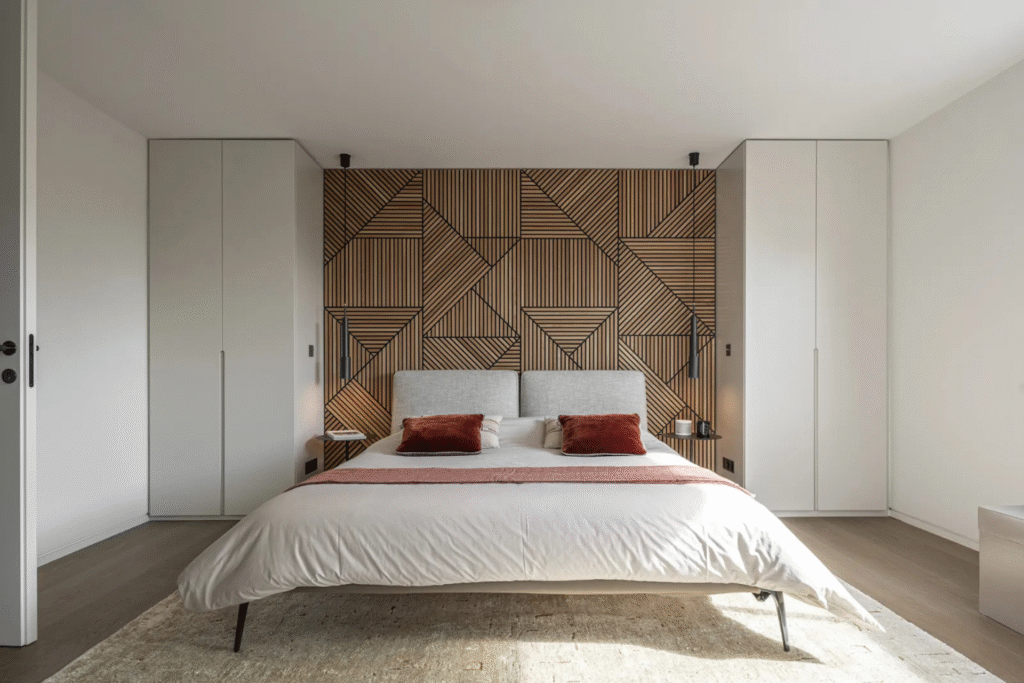
Deliberate decorating of a basic but cozy sleep refuge is rather dependent on this as it helps you to strike just the right balance. Every item should provide use, calm, and comfort; the objective is to select items carefully rather than to damage your room. In a minimalist setting, less is always more; yet, this does not necessarily make the room appear chilly or desolate.
One piece of wall art, a well-placed ceramic vase, or a soft textured rug can bring warmth and charm without overbearing the space. Rather than merely filling a room, the main goal is to select decorations that resonate with you personally or artistically, prioritising quality over quantity. This approach helps the minimalism proponents' clean, undecorated appearance and thereby improves the closeness of the space.
@ampquartzcabinets Save video ni! Cepat PM kami untuk dapatkan harga menarik bulan Oktober ni! 🤩🥳 #AmpQuartz #FullHousePackage #HomeRenovation #CabinetMaker #CabinetJB
♬ original sound – AmpQuartz – AmpQuartz
For example, a neutral-toned throw blanket at the bottom of the bed offers visual softness and comfort. Even from a minimalist perspective, adding natural warmth to the space with organic features like a braided basket or a wooden nightstand is possible.
Little things like where a bedside lamp is placed or which single tree is chosen can affect your safe surroundings as well to be quiet and inviting. Beyond merely looking wonderful, clever design enhances your general well-being, inspires thoughtful living, and helps you unwind in a sleeping environment.
Minimalism Meets Comfort 5: Natural Elements
Among the most efficient methods to balance comfort and minimalism is bringing organic elements into your bedroom. Including natural components softens the space and warms it without dominating the tidy layout, notwithstanding the minimalist approach's focus on simplicity and modesty.
Wooden bed frames, side tables, or floors instantly improve the inviting atmosphere of the room with their texture and anchoring capacity. Lighter woods like oak or ash help to increase opening; darker colours like walnut add depth and warmth. Natural fibres like linen curtains, cotton bedding, or a jute rug give tactile stimulation in addition to furniture that is both calming and enjoyable.
Plants brighten an otherwise under-decorated area as well as clean the air, hence they have a quiet but strong effect. The mood of the room might be improved without creating visual clutter with a single leafy potted plant, a small succulent on the nightstand, or perhaps a straightforward vase with fresh greenery. Another very important element is natural light; sheers let sunlight pass by day to promote relaxation and control sleep patterns.
Organic textures, natural light, and flora work together to produce a serene environment that seems peaceful and even. By deliberately arranging these objects, you guarantee that your spare bedroom transforms into a tranquil sanctuary where simplicity and comfort coexist wonderfully; you evade chilliness or austereness.

